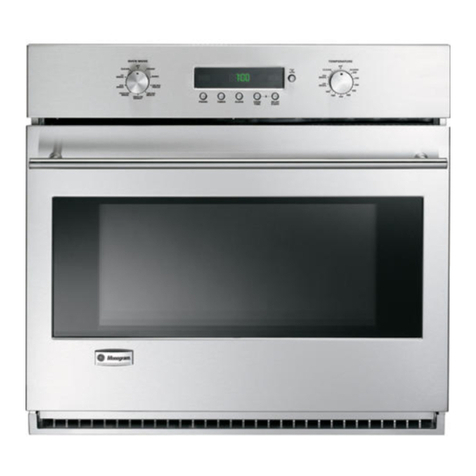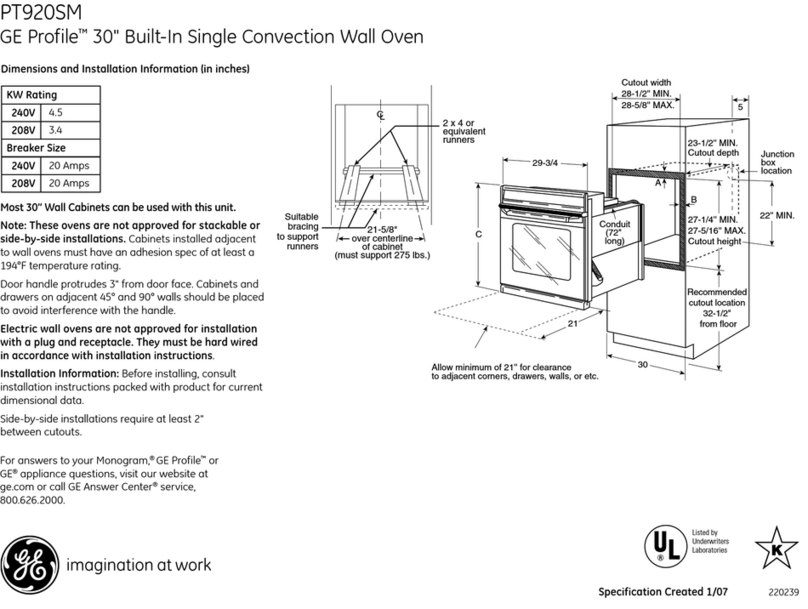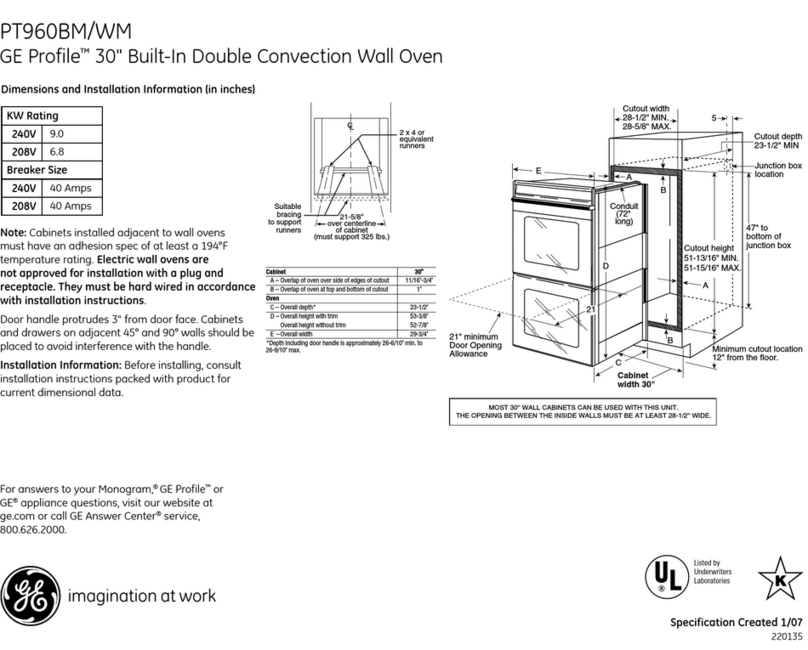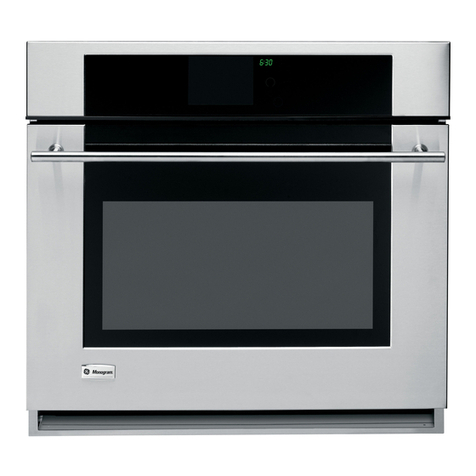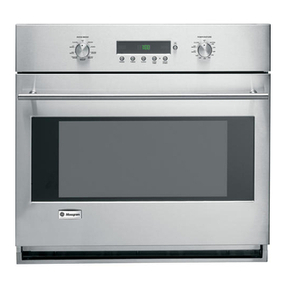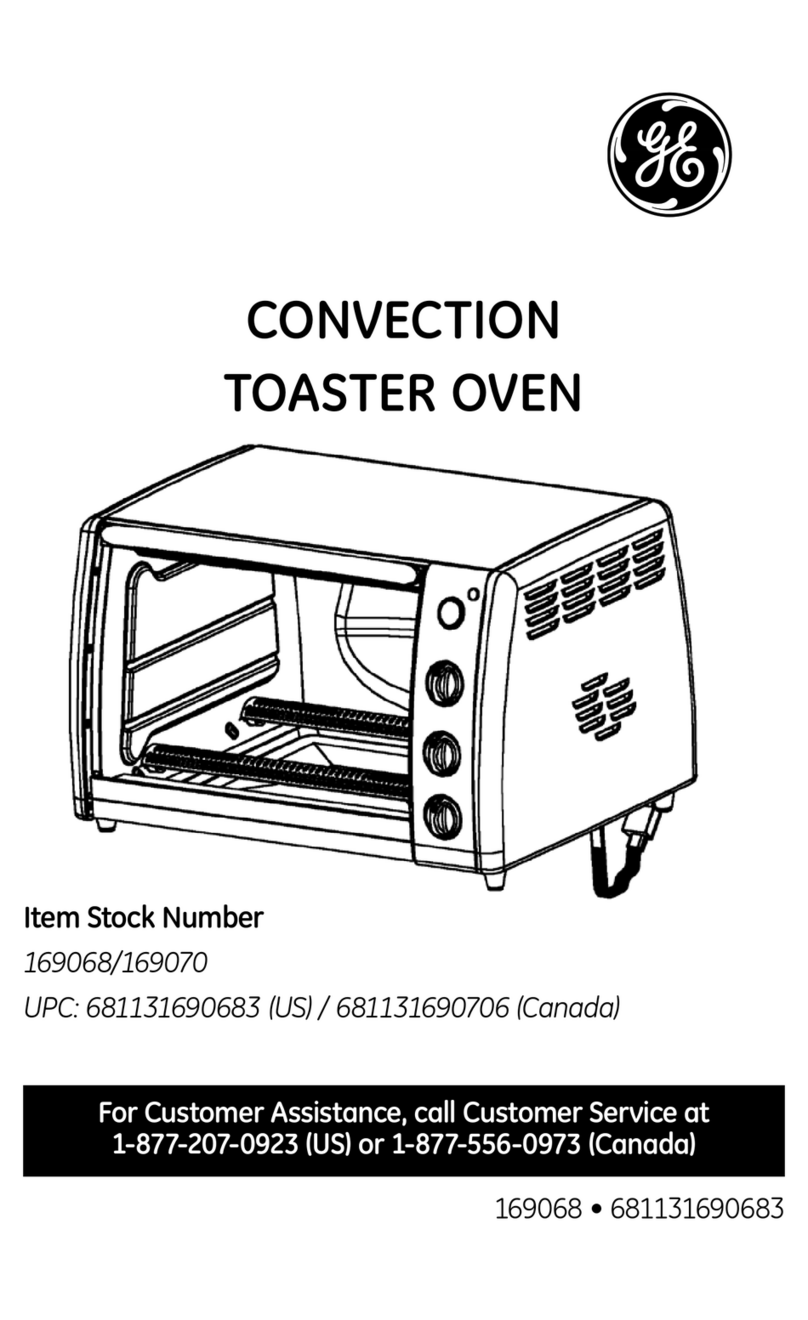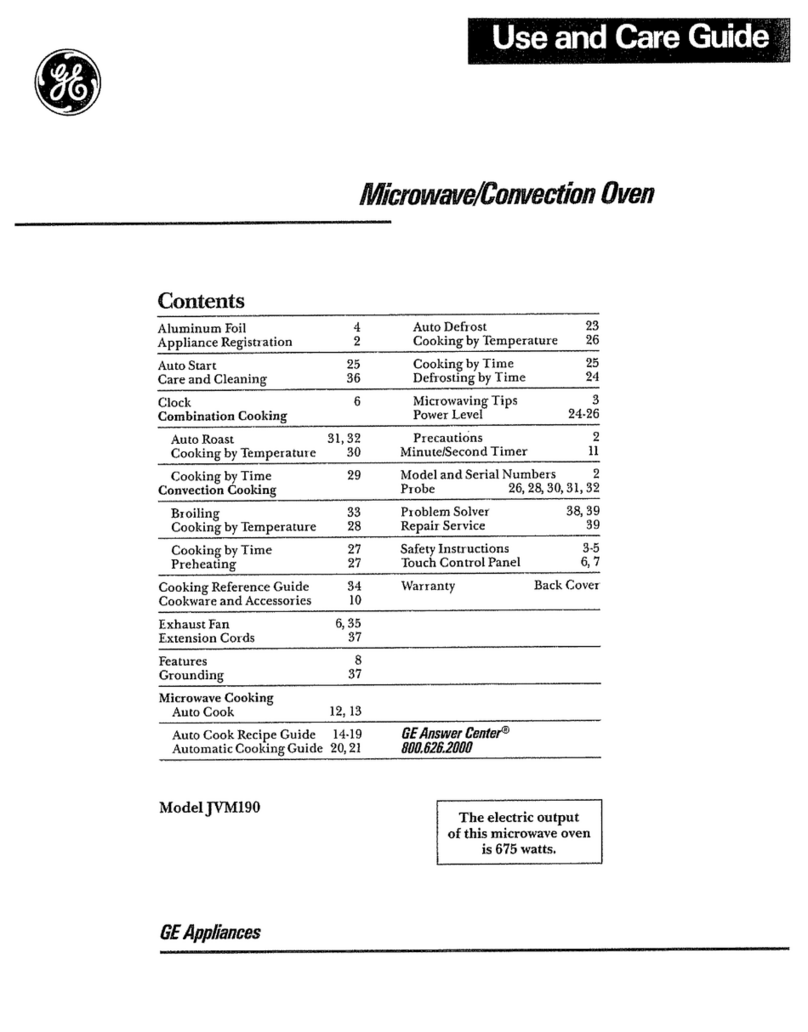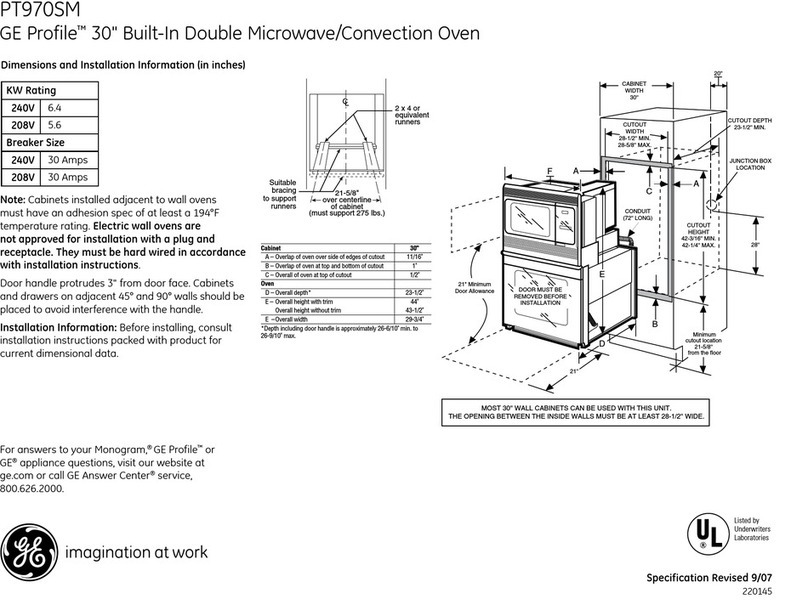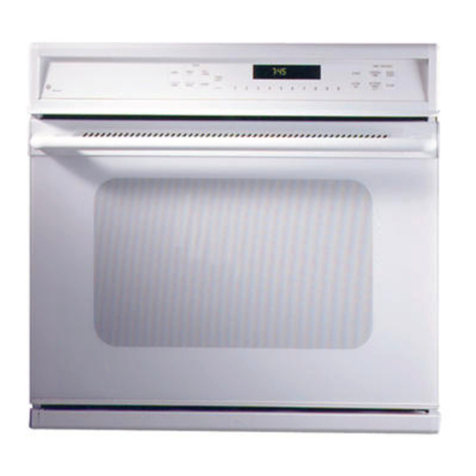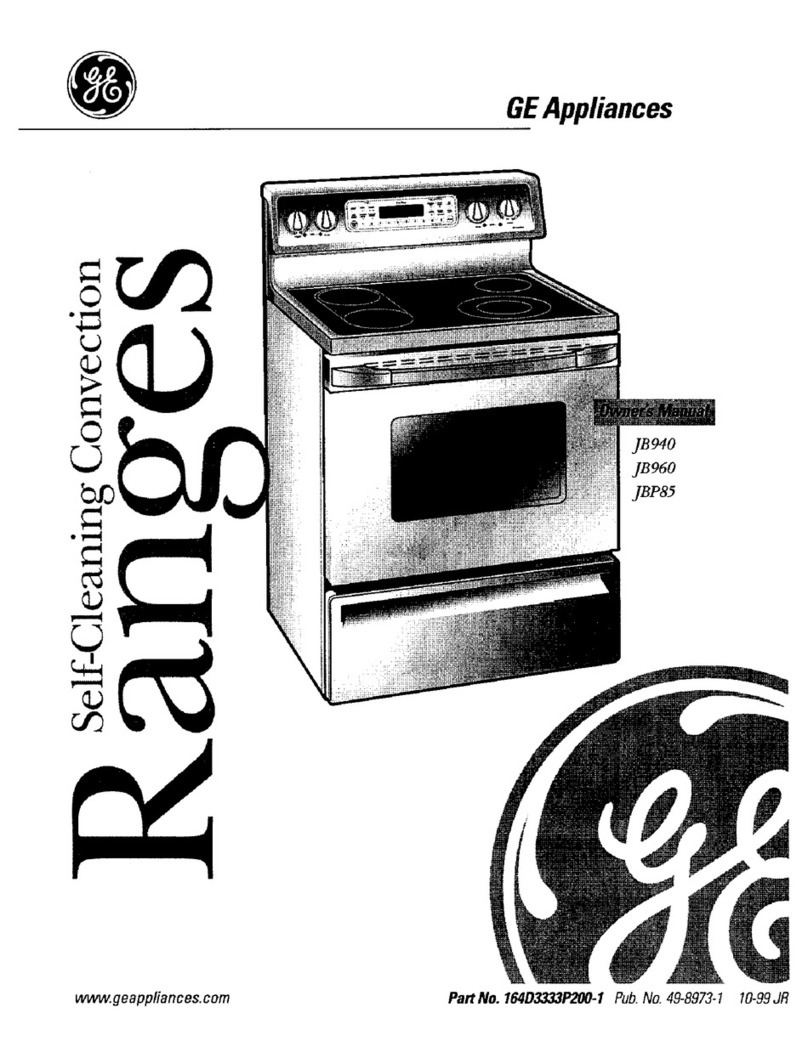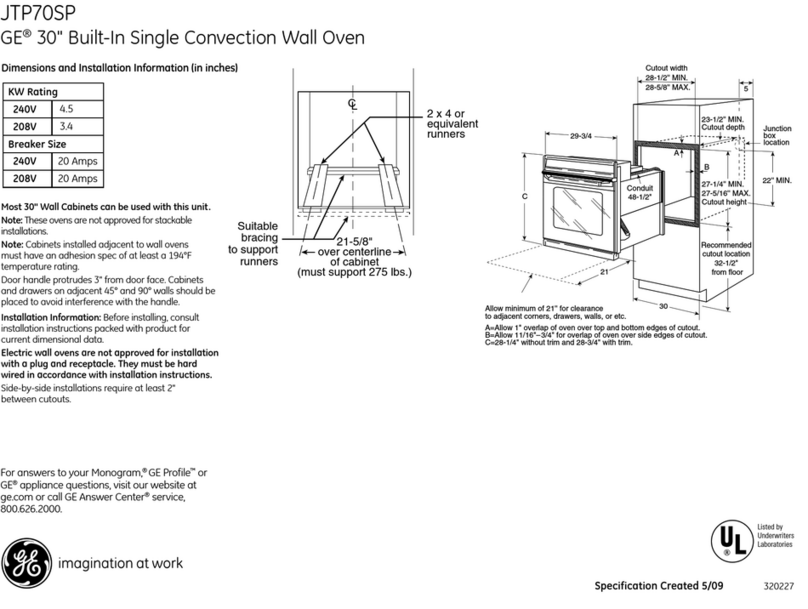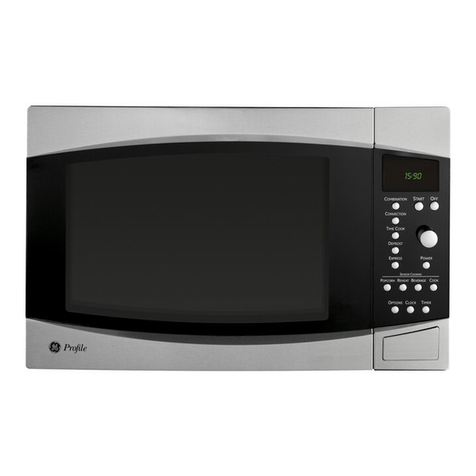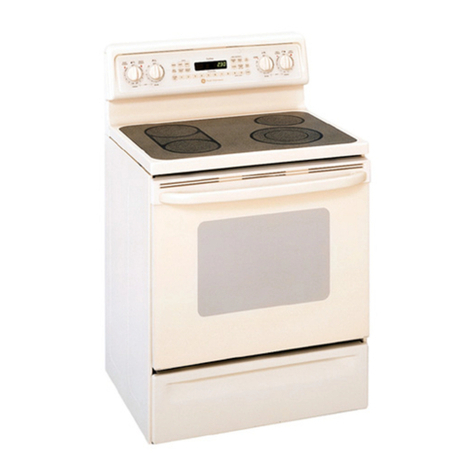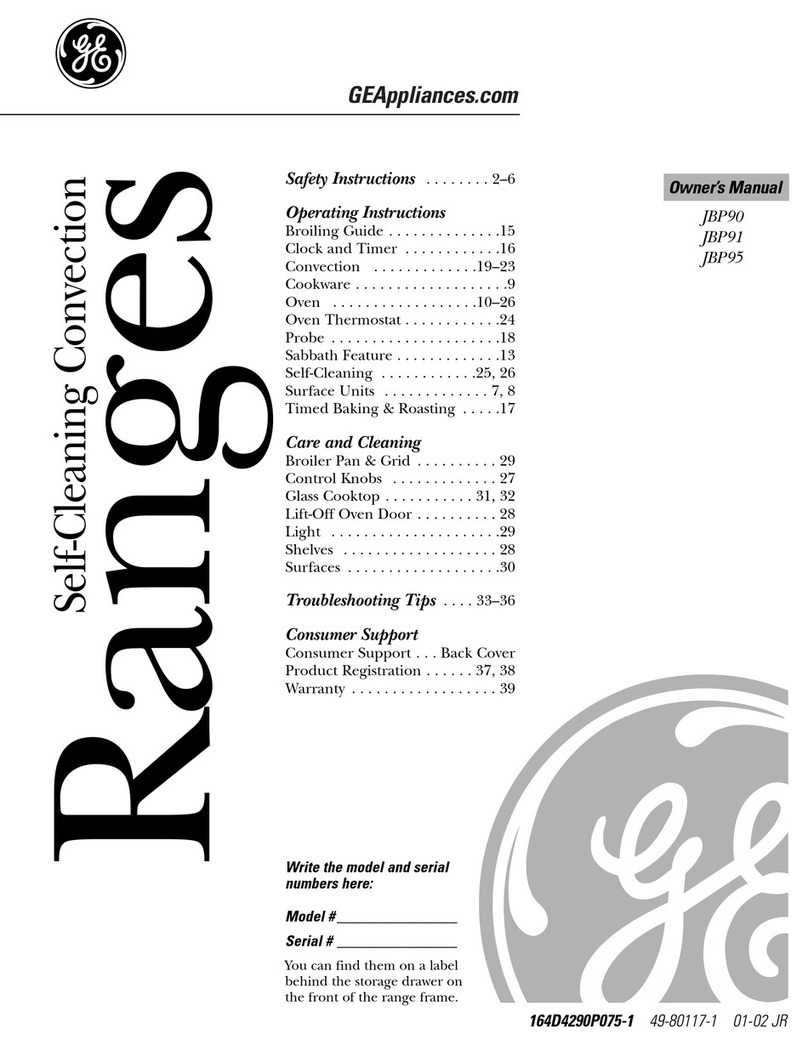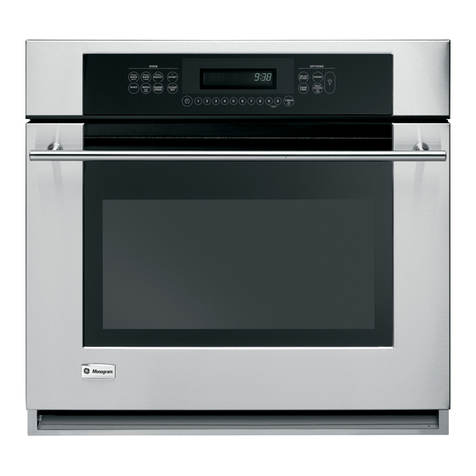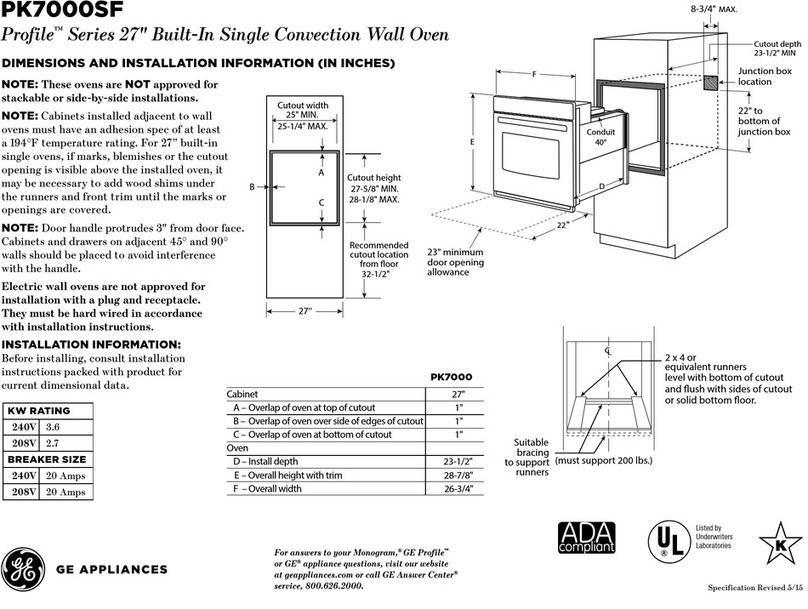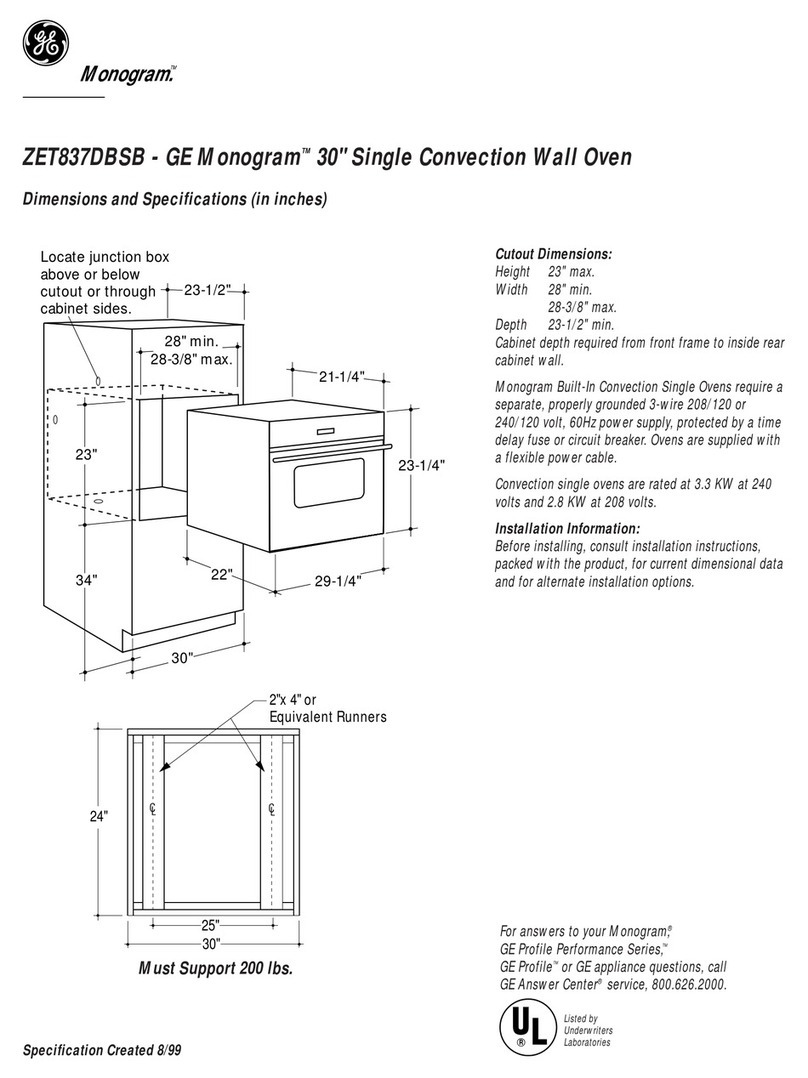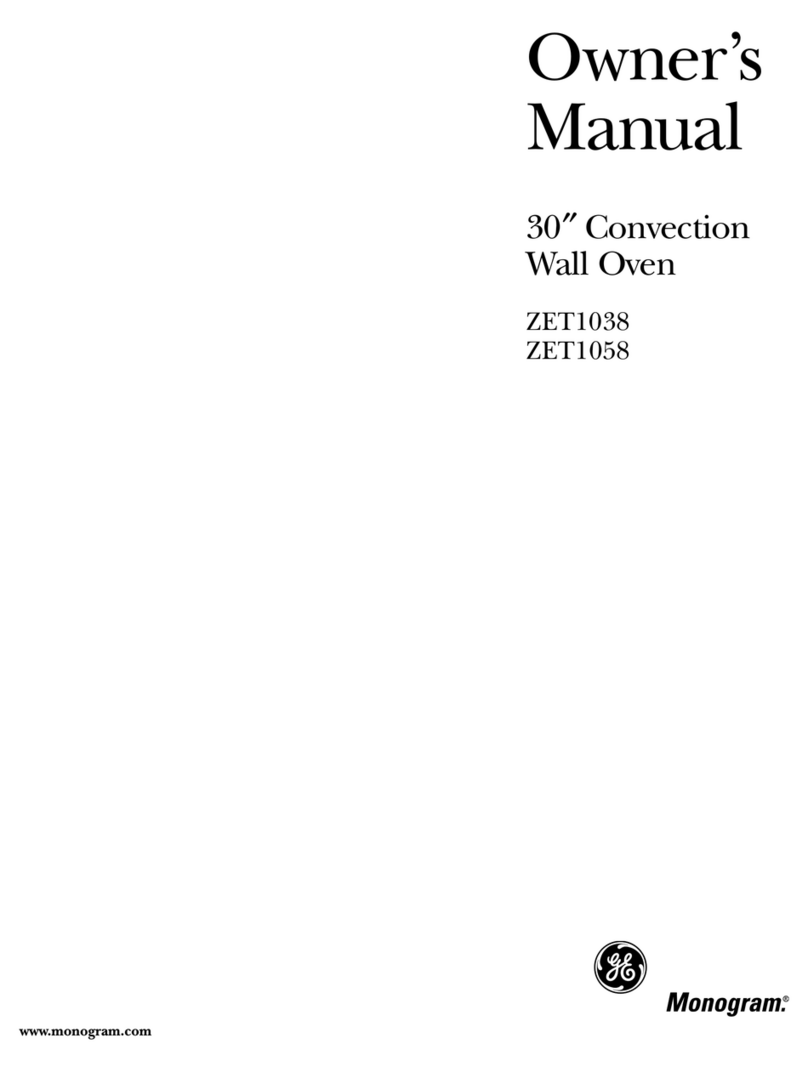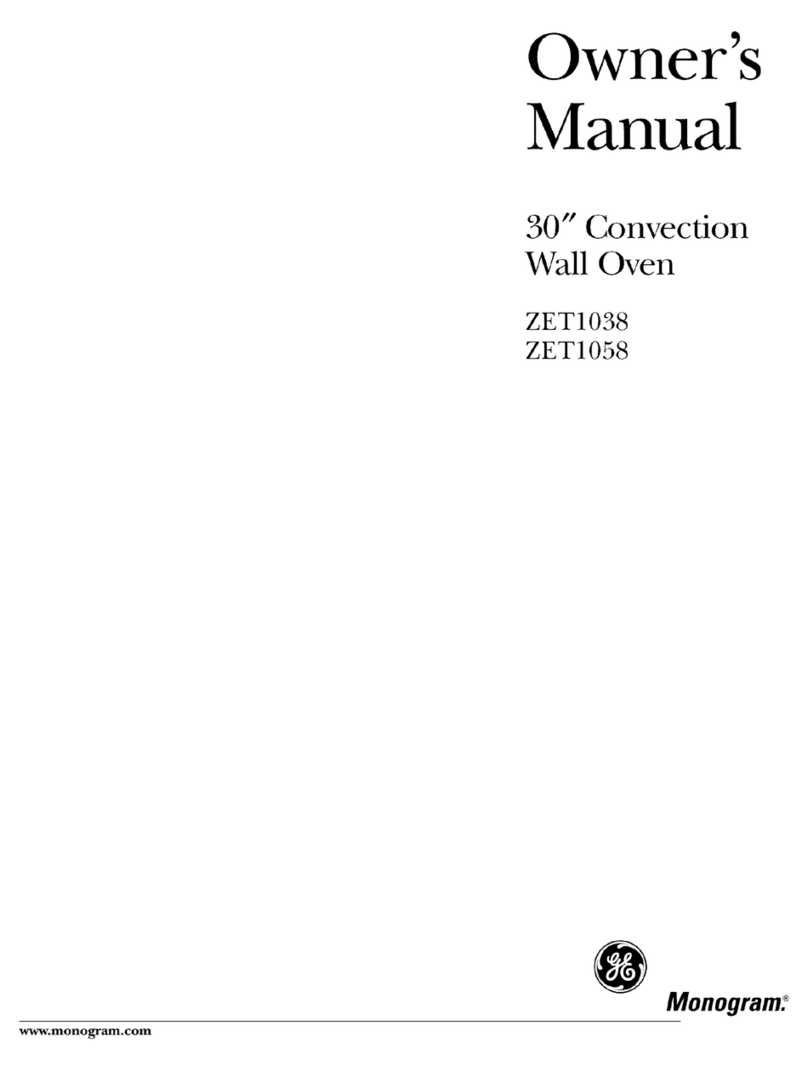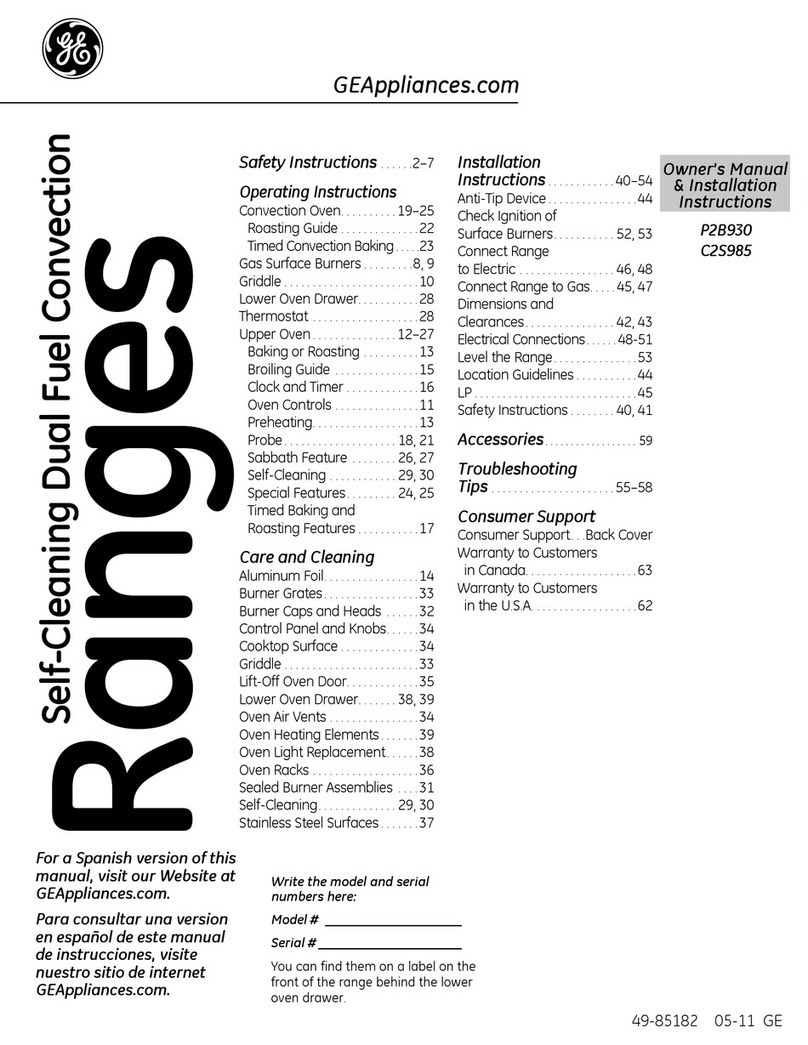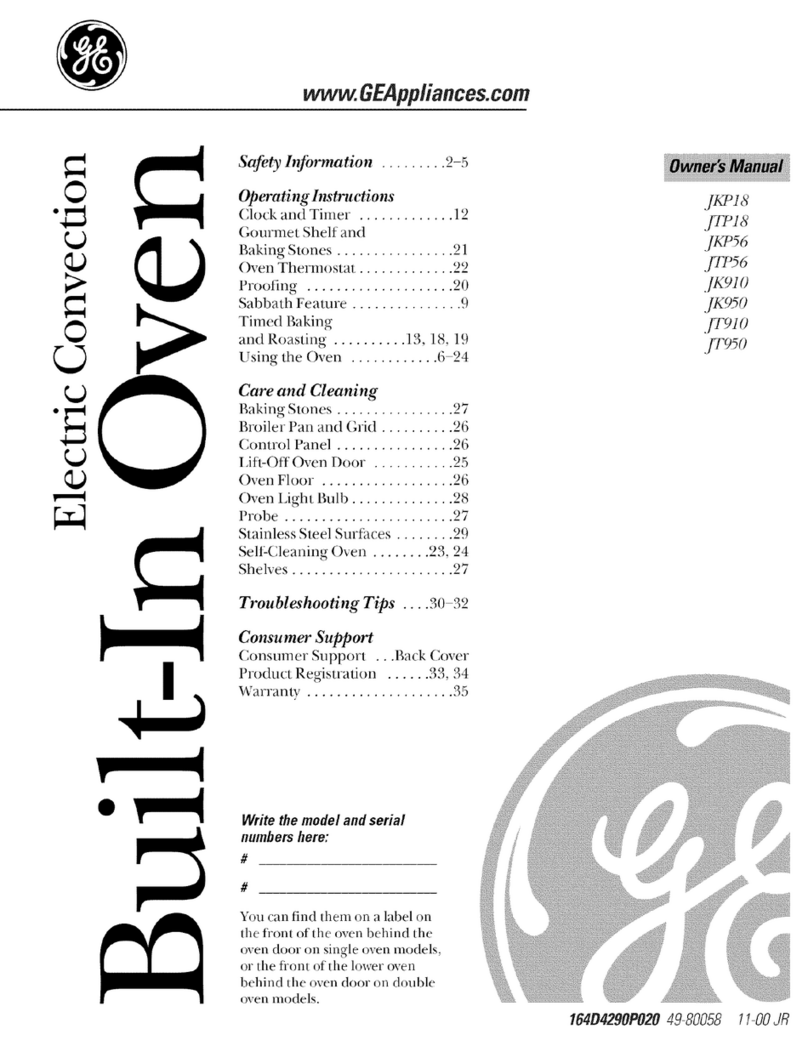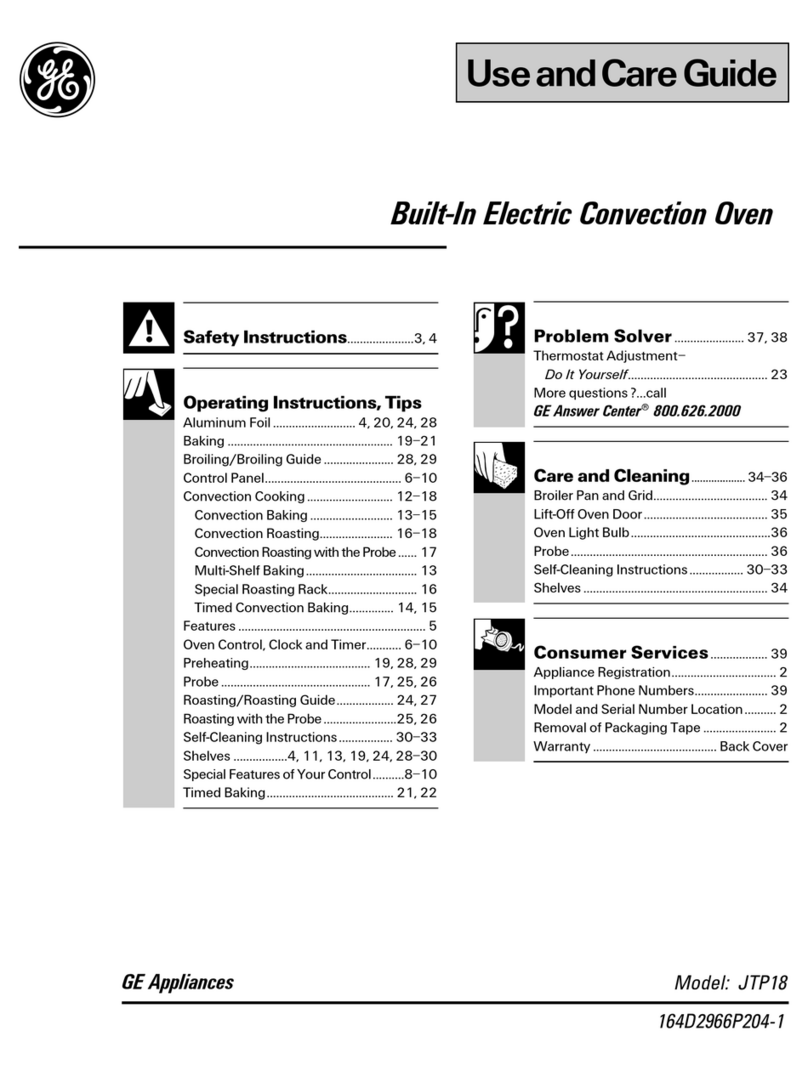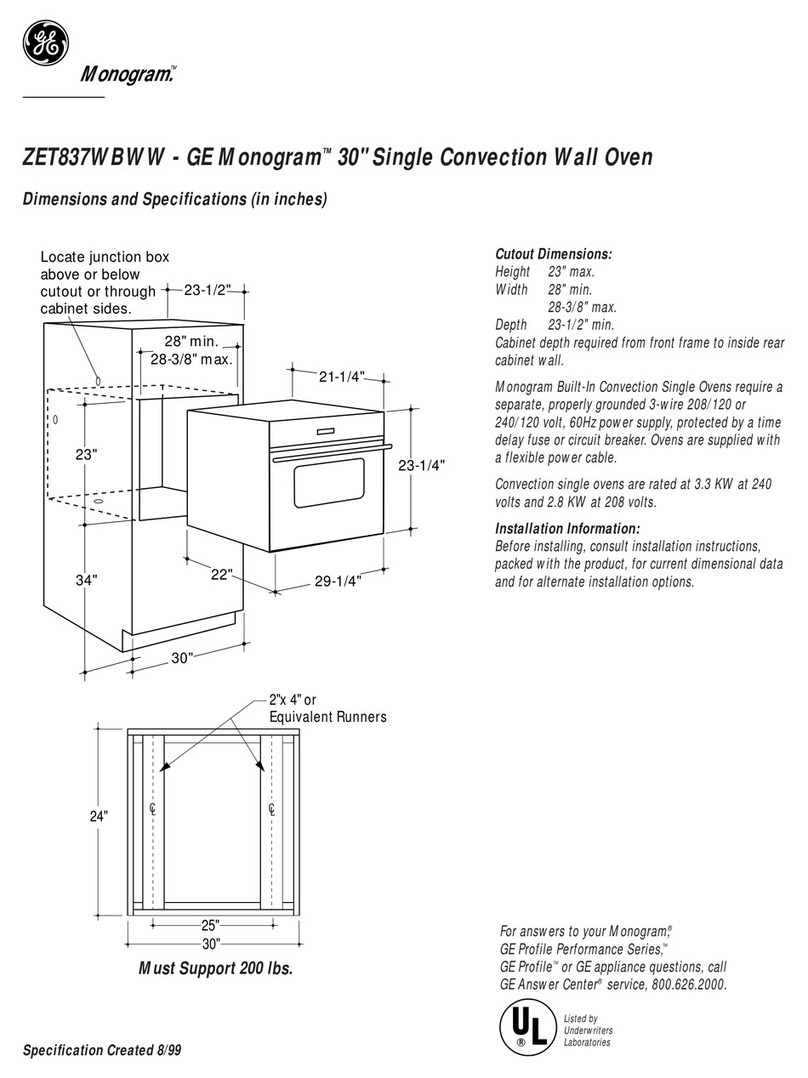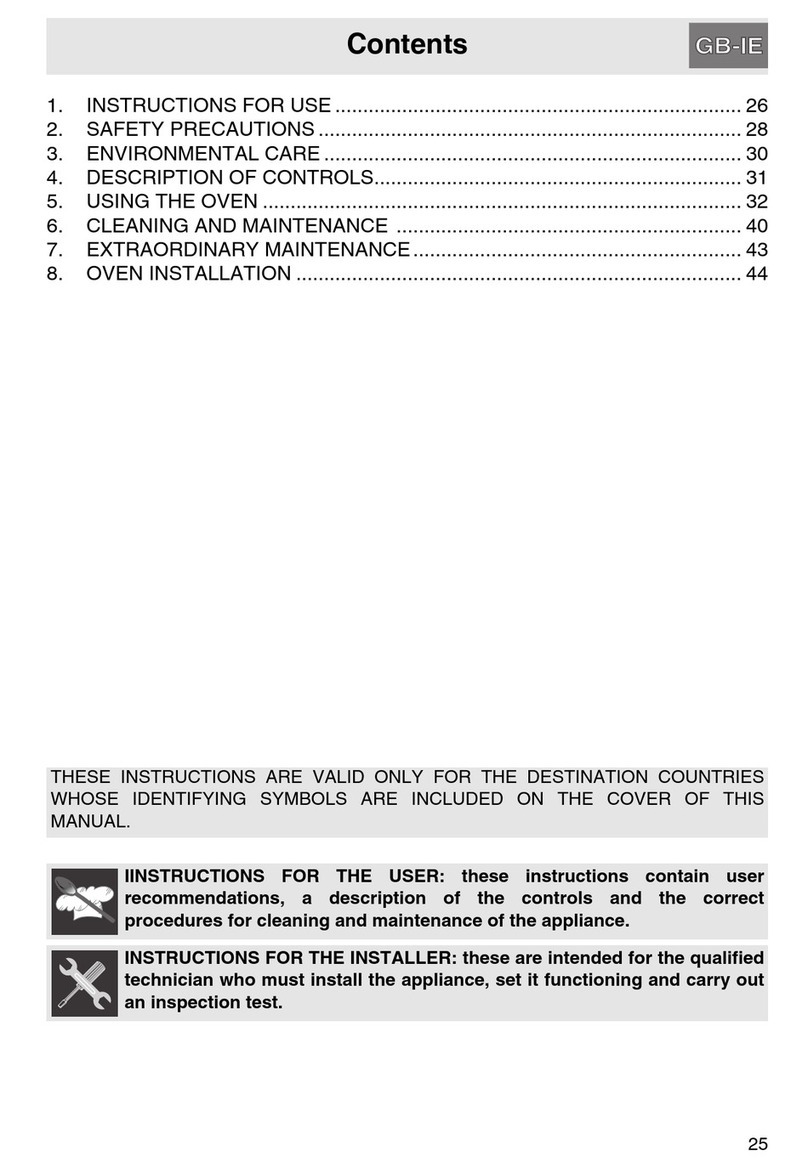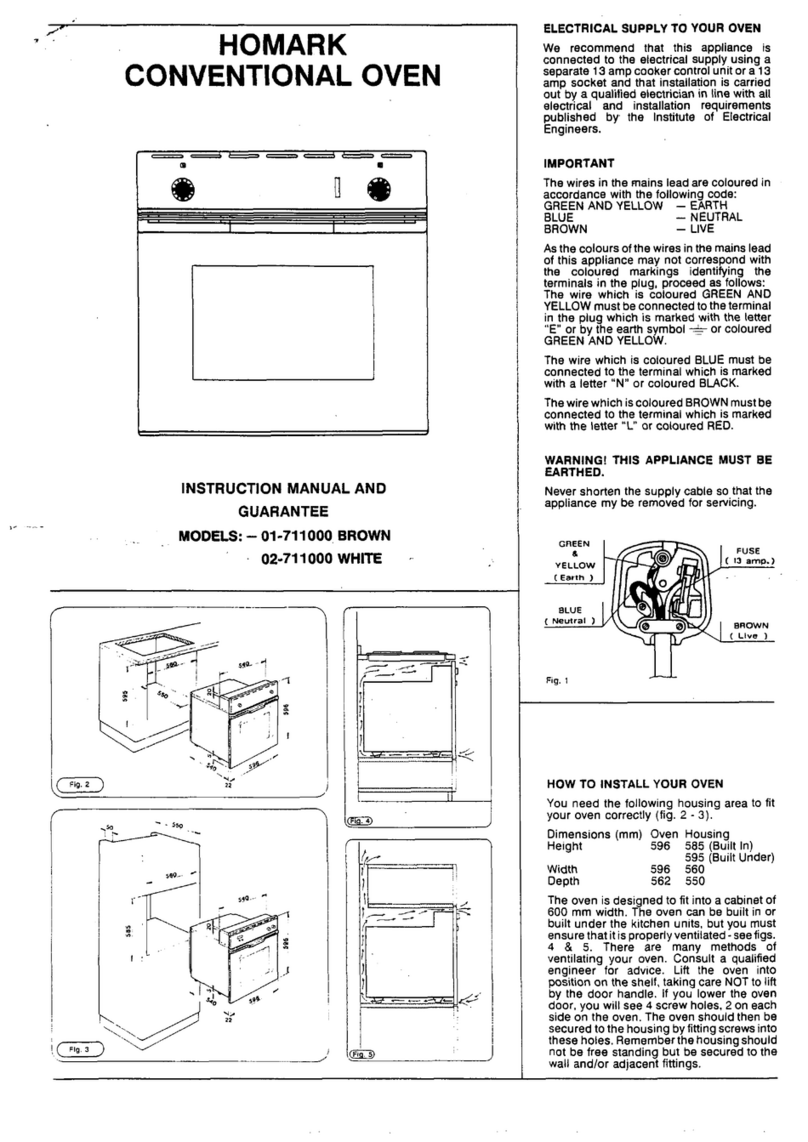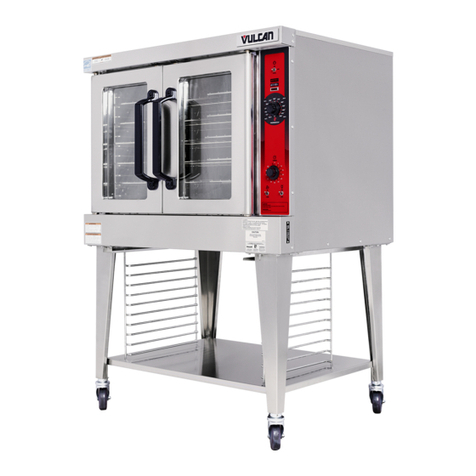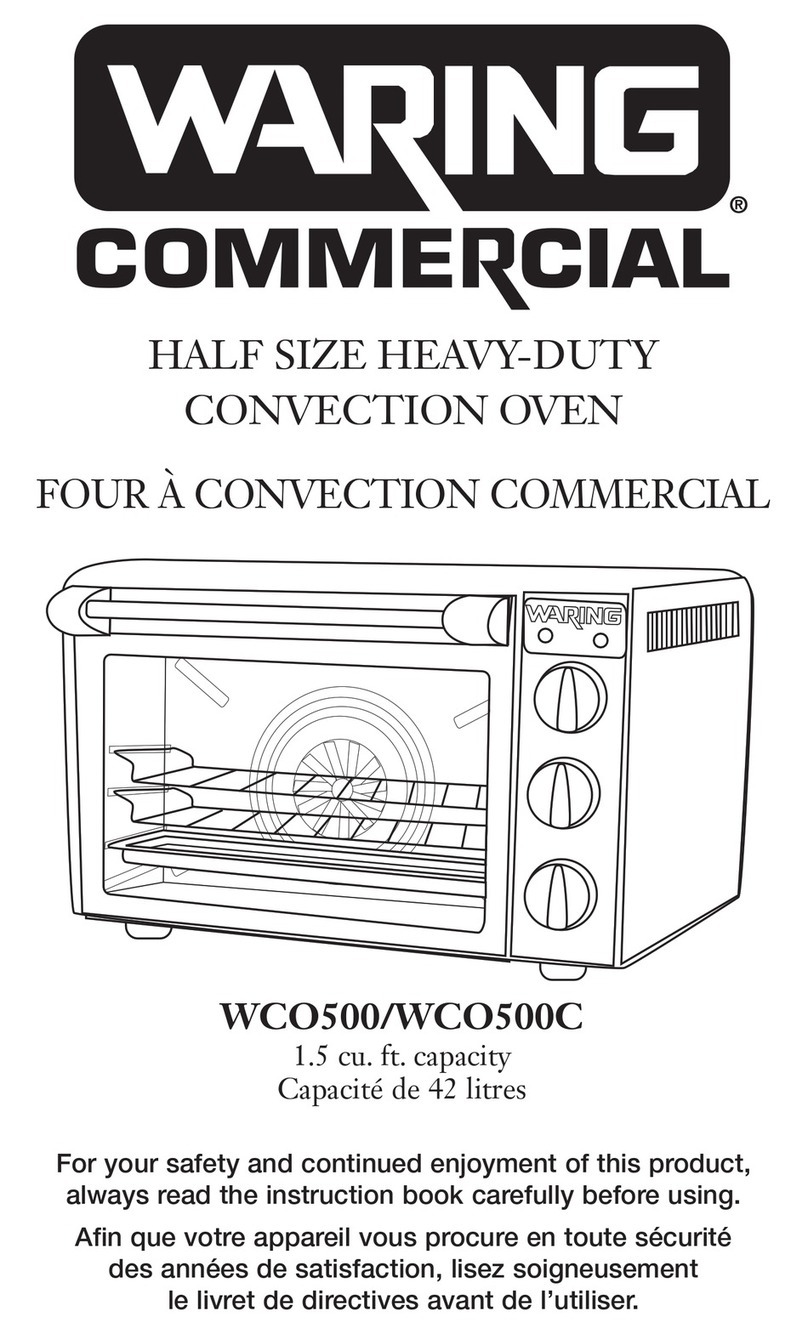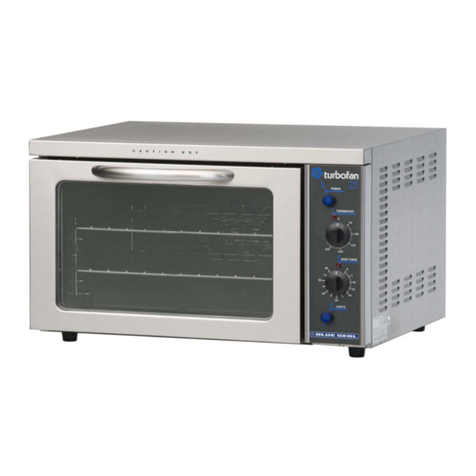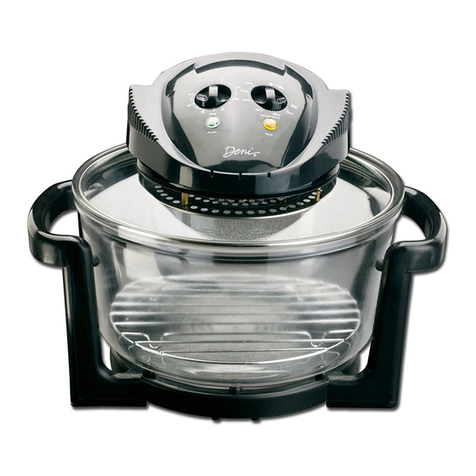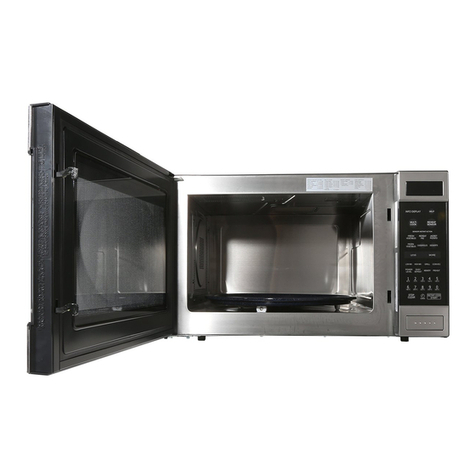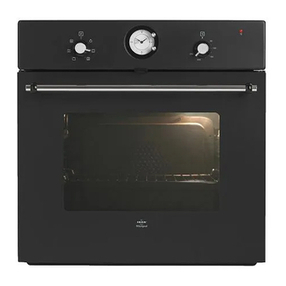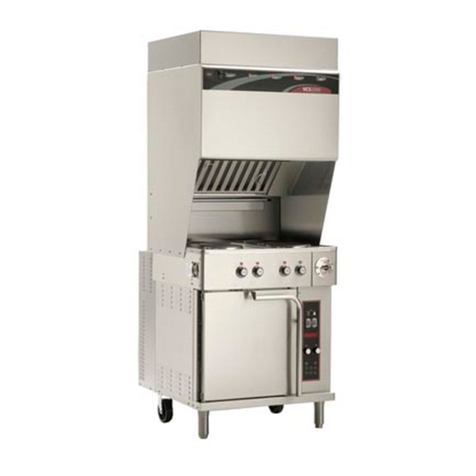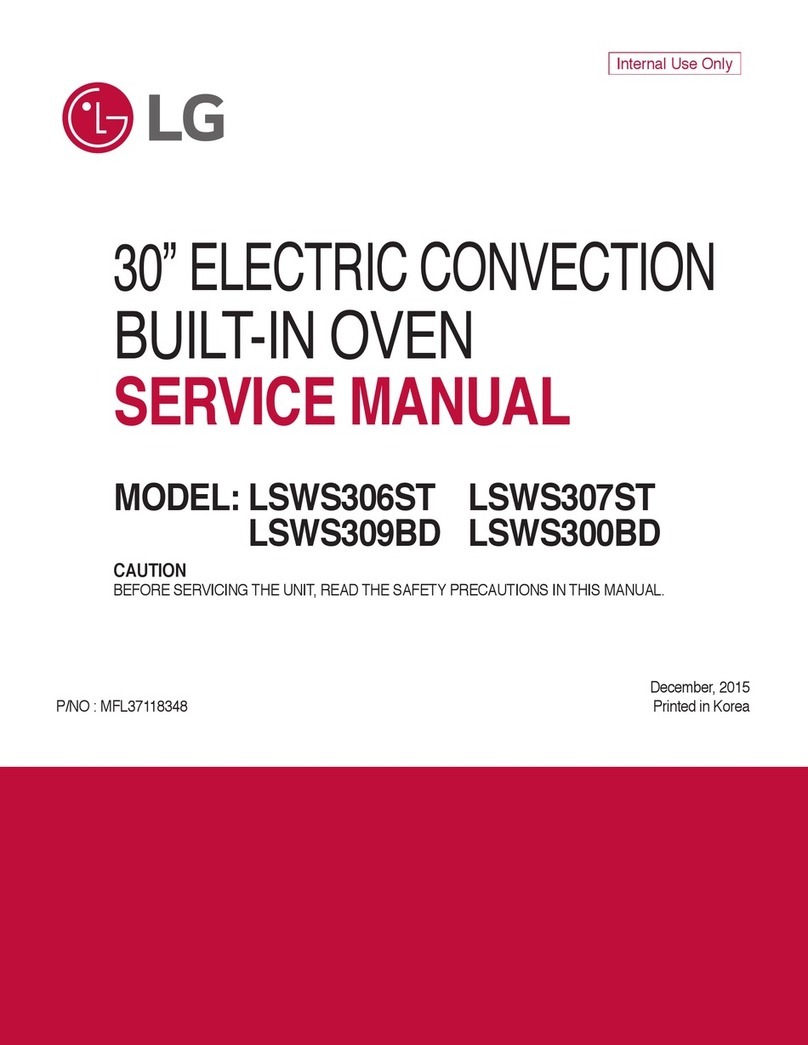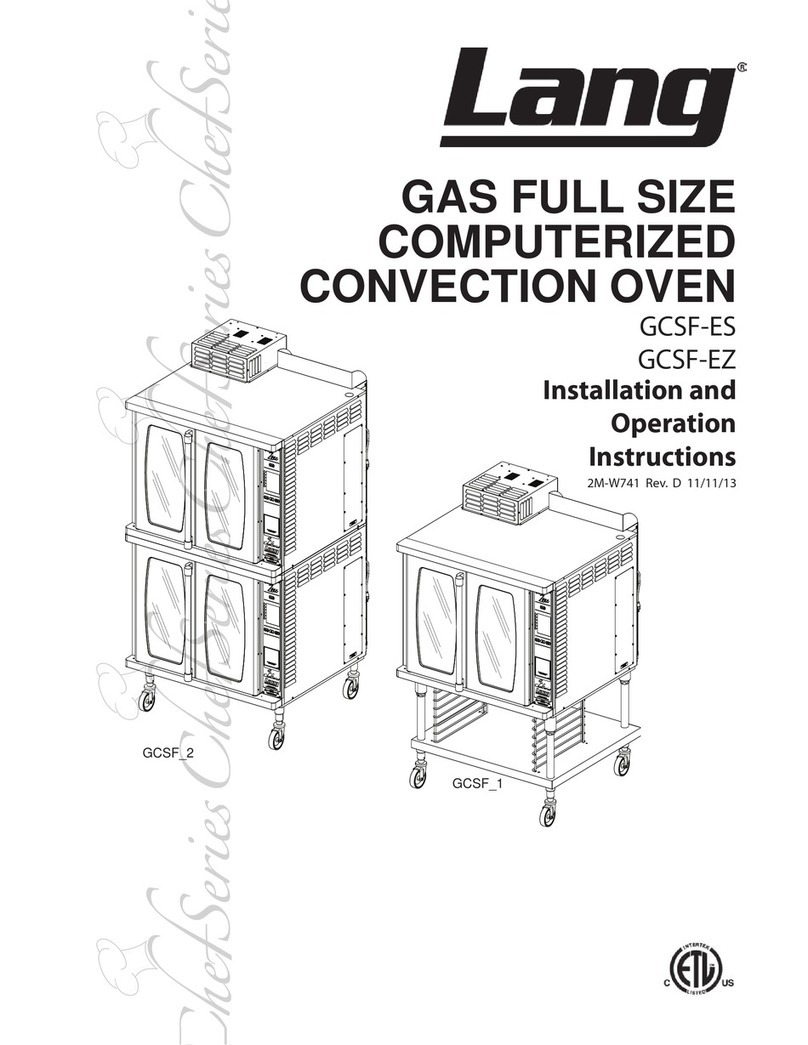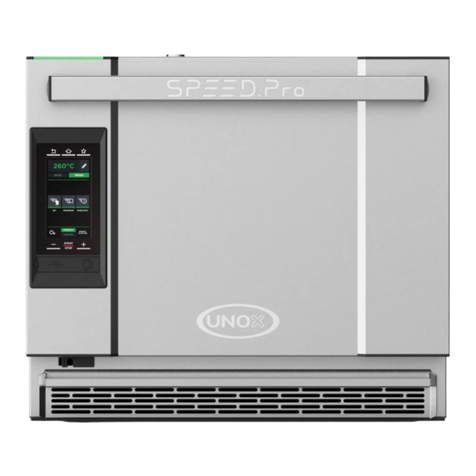
Consumer Information
Wall Oven
Introduction Your new Monogram wall oven makes an eloquent statement of style, convenience and kitchen
planning flexibility. Whether you chose it for its purity of design, assiduous attention to detail-
or for both of these reasons-you'll find that your Monogram wall oven's superior blend of form
and function will delight you for years to come.
Your Monogram wall oven was designed to provide the flexibility to blend in with your kitchen
cabinetry. Its sleek design can be beautifully integrated into the kitchen.
The information on the following pages will help you operate and maintain your wall oven properly.
Contents Care and Cleaning
Broiler Pan and Grid ......................... 42
Control Panel ............................... 46
Light Bulb.................................... 45
Oven Door ............................... 4/4,46
Probe ........................................ 44
Racks........................................ 43
Stainless Steel Surfaces ...................... 46
Consumer Services
Before You Call For Service ............... 47, 48
Important Phone Numbers .................. 49
Model and Serial Numbers ..................... 3
Safety Instructions ......................... 4-6
Warranty ................................... 50
Oven
Aluminum Foil.............................. 9, !/4
Baking ....................................... !1
Broiling .................................. !/4, !5
Control Lockout .............................. 25
Controls ...................................... 8
Convection ............................... !8-23
Cook and Hold Option ........................ 34
Dehydrate Option ............................ 34
Delay Option ................................. 35
Favorite Recipes ............................. 24
Help ......................................... 36
Kitchen Timer ................................ 25
Option Settings........................... 37-4!
Auto Recipe_"Conversion .................... 39
Clock ....................................... 37
Clock Blackout .............................. 38
Default ..................................... 4!
Display Color ............................... 39
Fahrenheit or Celsius
Temperature Selection ...................... 38
Kitchen Timer Signal ........................ 4!
Language .................................. 39
Sound On/Off ............................... 40
Sound Volume .............................. 40
Thermostat ................................. 37
Timer Signal ................................ 4!
!2-Hour Shut-Off ........................... 38
Oven ...................................... 7-!0
Probe ................................. !6, !7, 20
Proofing ..................................... 30
Racks........................................ !0
Roasting ..................................... !!
Sabbath Option .............................. 36
Self-Cleaning Oven ....................... 26-29
Timed Baking and Roasting............... !2, !3
Timed Convection Baking and Roasting ... 22, 23
Two Temps Option ........................... 33
Warming ................................ 3!, 32
How to
remove
protective
shipping film and
packagingtape
Carefullygrasp a corner of the protective shipping
film with your fingers and slowly peel itfrom the
appliance surface. Do not use any sharp items to
remove the film. Removeall ofthe film before using
the appliance for the first time.
Toassure no damage isdone to the finish of
the product, the safest way to remove the adhesive
from packaging tape on new appliances isan
application of a household liquid dishwashing
detergent. Applywith a soft cloth and allow
to soak.
NOTE:Theadhesive must be removed from all
parts.
It cannot be removed if it is baked on.
